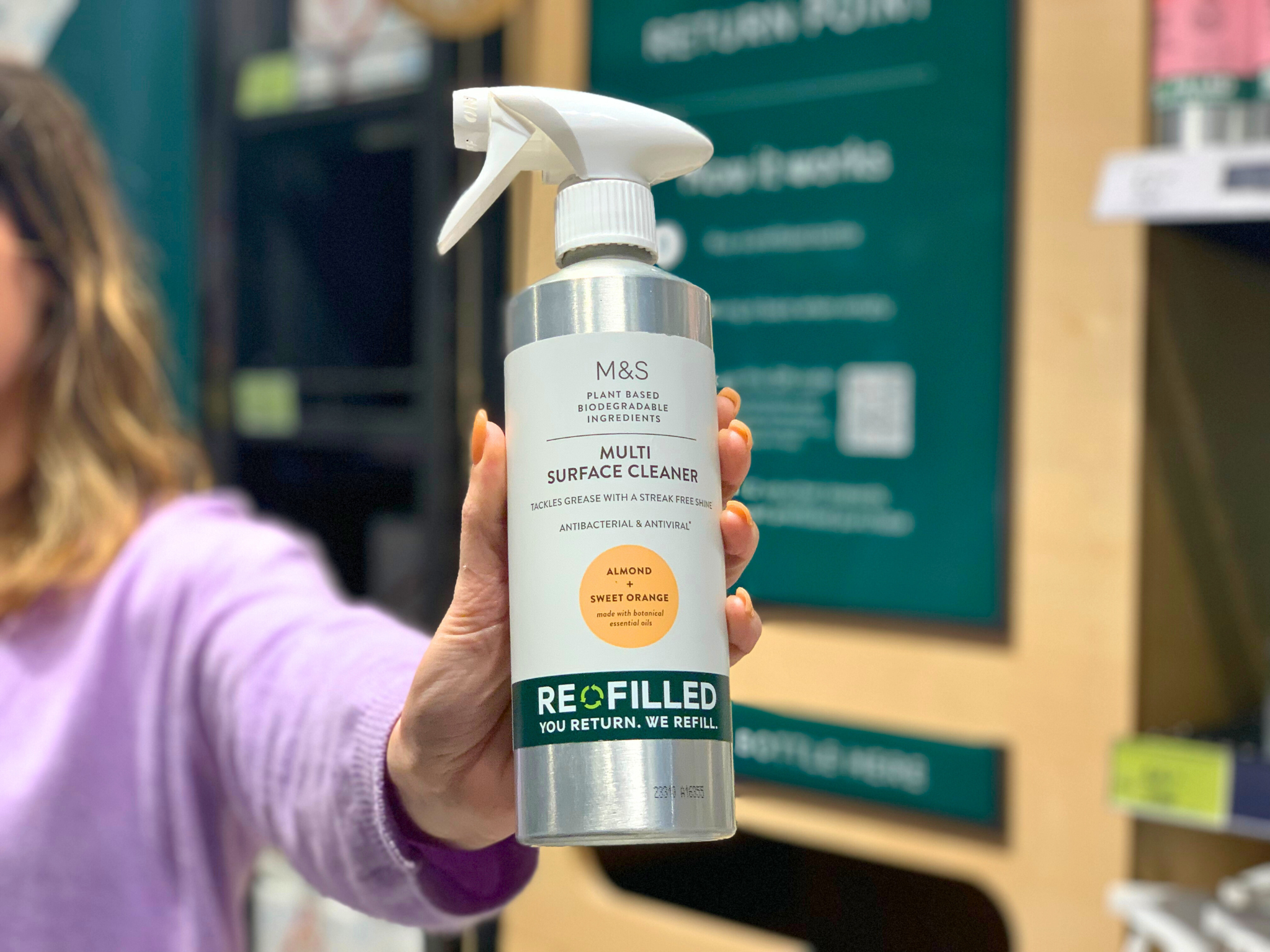Microplastics are showing up everywhere, from polar ice to soil, now researchers have found that nanoplastics, which are microplastics that have broken down even further can be found in bottled water.
The study, published in the journal Proceedings of the National Academy of Sciences by researchers at Columbia University Lamont-Doherty Earth Observatory, Columbia University and Columbia Mailman School of Public Health found that on average, a litre of bottled water contains some 240,000 detectable plastic fragments.
Nanoplastics are so small that unlike microplastics they can pass through intestines and lungs directly into the bloodstream and travel from there to organs including the heart and brain. They can invade individual cells, and cross through the placenta to the bodies of unborn babies.
“Previously this was just a dark area, uncharted. Toxicity studies were just guessing what’s in there,” said study coauthor Beizhan Yan, an environmental chemist at Columbia University’s Lamont-Doherty Earth Observatory. “This opens a window where we can look into a world that was not exposed to us before.”
Worldwide plastic production is approaching 400 million metric tonnes a year. More than 30 million tons are dumped yearly in water or on land, and many plastic products such as clothing shed particles while still in use. Unlike natural organic matter, most plastics do not break down into relatively benign substances; they simply divide and redivide into smaller and smaller particles of the same chemical composition. Beyond single molecules, there is no theoretical limit to how small they can get.
One common plastic that was found was polyethylene terephthalate or PET. This was not surprising, since that is what many water bottles are made of, however, PET was outnumbered by polyamide, a type of nylon. Ironically, said Yan, that probably comes from plastic filters used to supposedly purify the water before it is bottled. Other common plastics the researchers found: polystyrene, polyvinyl chloride and polymethyl methacrylate, all used in various industrial processes.
A somewhat disturbing thought: the seven plastic types the researchers searched for accounted for only about 10 per cent of all the nanoparticles they found in samples; they have no idea what the rest are.
Latest News
-
Premier League and Comic Relief partnership aims to improve children’s mental health
-
Russell Hobbs launches food poverty campaign in schools
-
Tottenham Hotspur and charities launch film to tackle mental health stigma
-
Cardfactory funds homelessness charity’s team of psychologists
-
Bingo firm raises £300,000 for the Stroke Association
-
Sainsbury’s links up with Comic Relief for festive recipe campaign
© 2019 Perspective Publishing Privacy & Cookies







Recent Stories